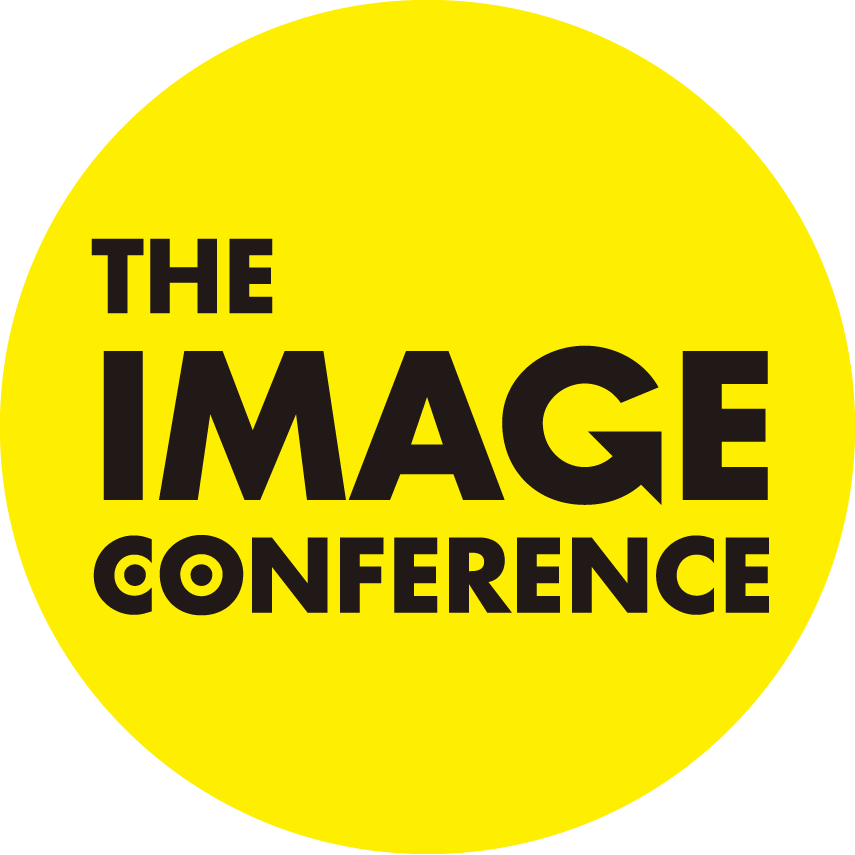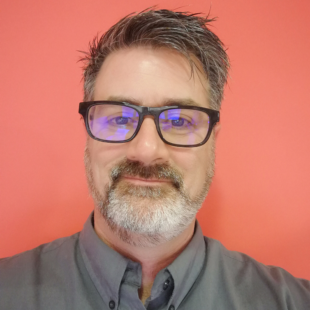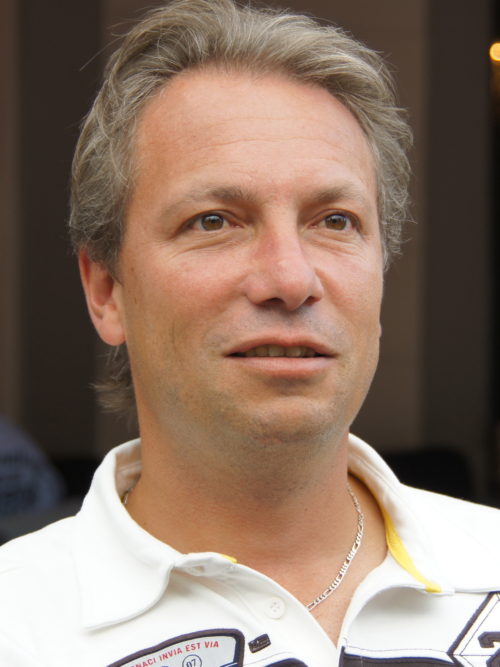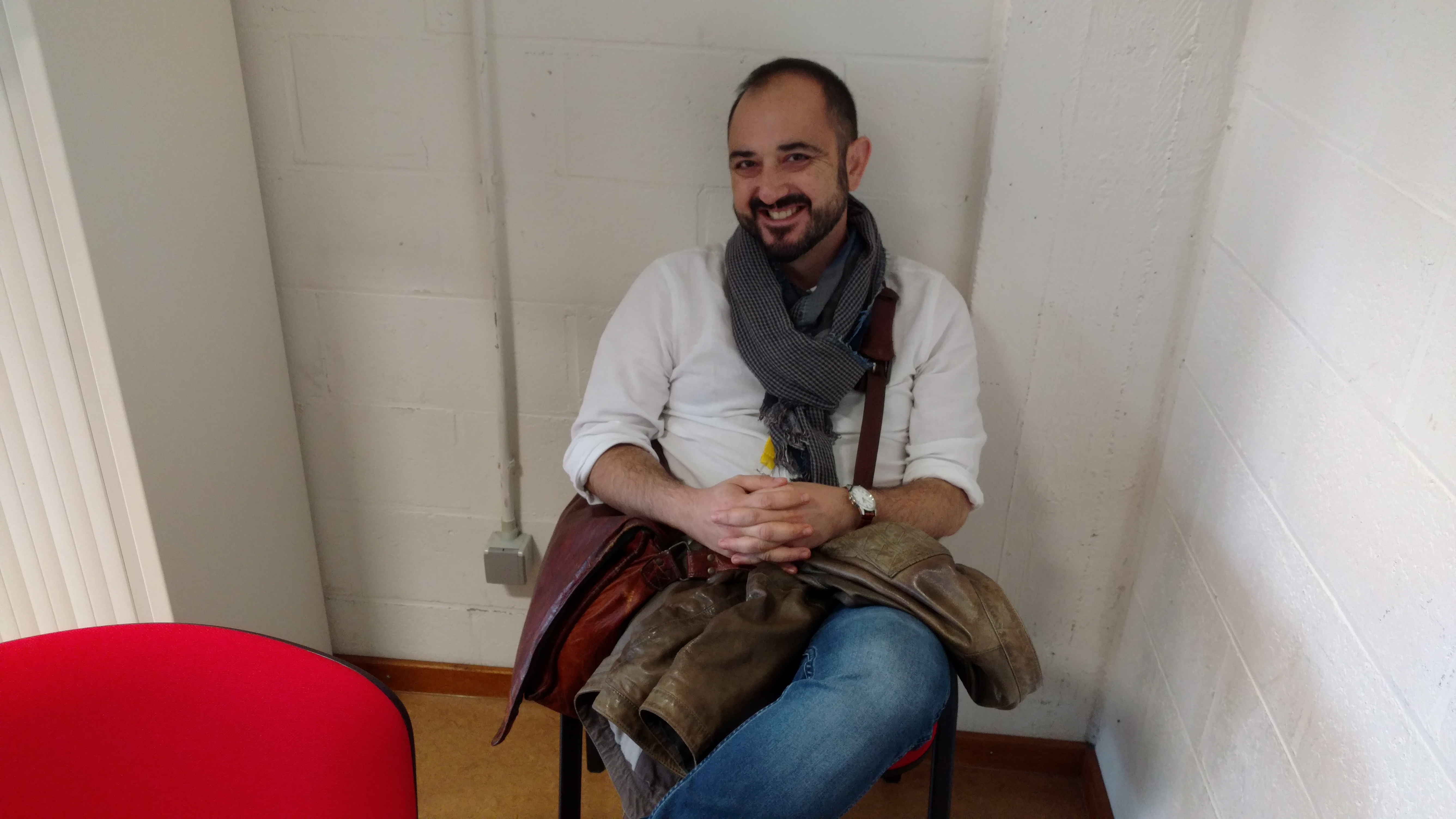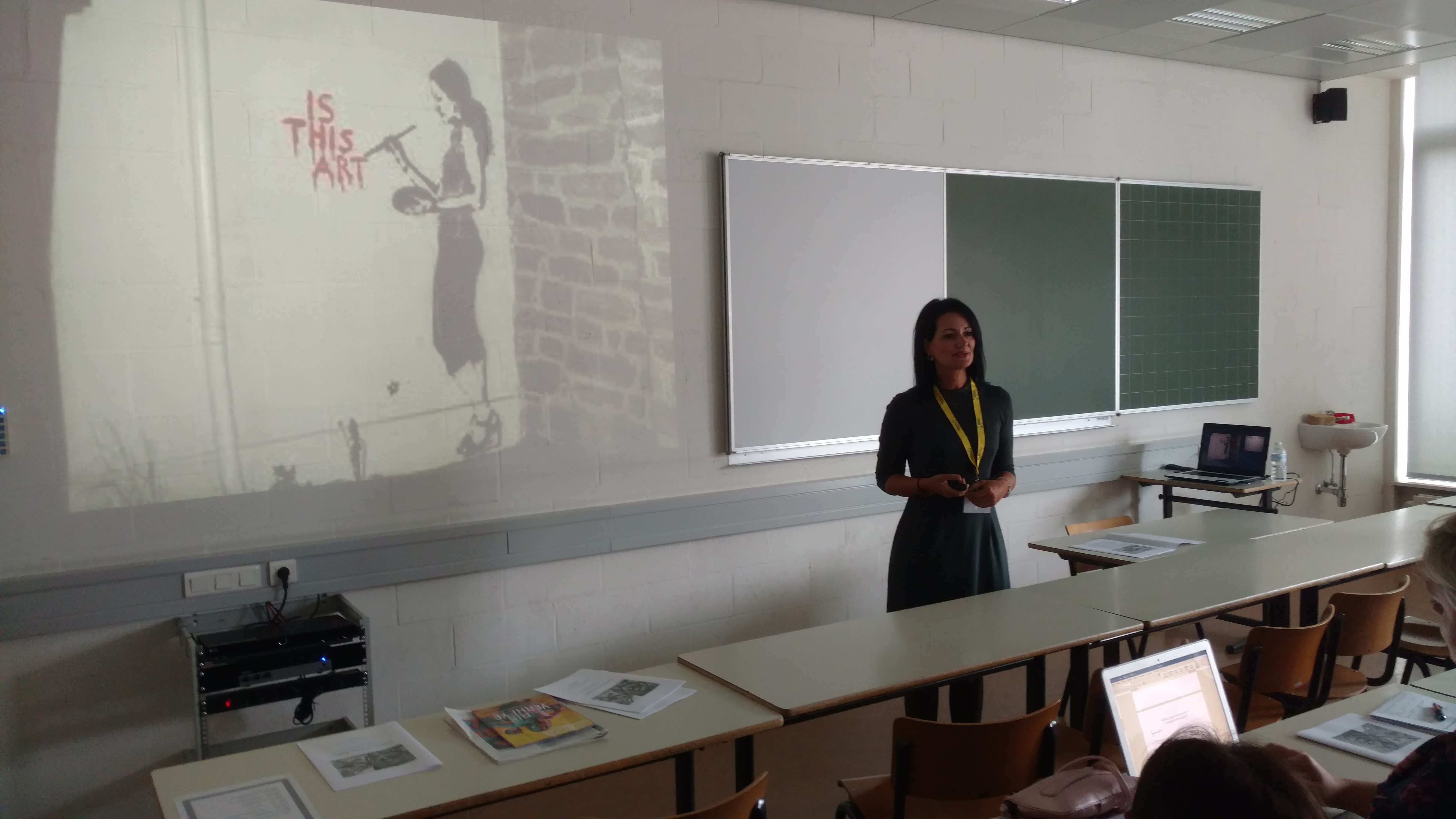
Julia Aliverti writes about here experience as a speaker and delegate at The Image Conference Brussels.
- What did you enjoy about The Image Conference?
I truly enjoyed the content and the atmosphere. It was wonderful to share so many ideas and perspectives with such dedicated professionals, and in a genuinely supportive and welcoming environment. The plenaries were thought-provoking and engaging, and the sessions I attended were well-prepared, inspiring and presented by experienced educators who provided plenty of opportunity for participants to reflect upon their own teaching.
- How was The Image Conference different from other conferences you’ve been to?
There is a certain intimacy that characterizes the Image Conference and it has nothing to do with numbers. It’s all about a shared vision among educators who take part. The power of the image can be used in the ELT classroom for more than just linguistic purposes. I feel that the common denominator underlying all sessions at the Image Conference is the development of sensitivity in education through pluriculturalism. The Image, be it still or moving, is the means to this broader goal.
- Sum up your talk briefly.
The workshop titled ‘Listen to your eyes’ that Jeffrey Doonan and I had the pleasure to deliver at the Conference, focused on ways visual arts, especially when combined with other disciplines, can evoke and explore different feelings, spark the learner’s creativity, activate their critical thinking skills, inspire empathy and a sense of social justice. Different perspectives were discussed and several examples were presented of artworks, including museum art, street art, poetry, and music.
- What were the main discussion points to arise in The Image Conference?
I believe that the impact of multimodality was one of the central themes in several discussions, as were the development of empathy, and ways to inspire motivation through different uses of film. The NO Project offered an eye-opening session on how active viewing of images and related materials can link the classroom with the real world.
